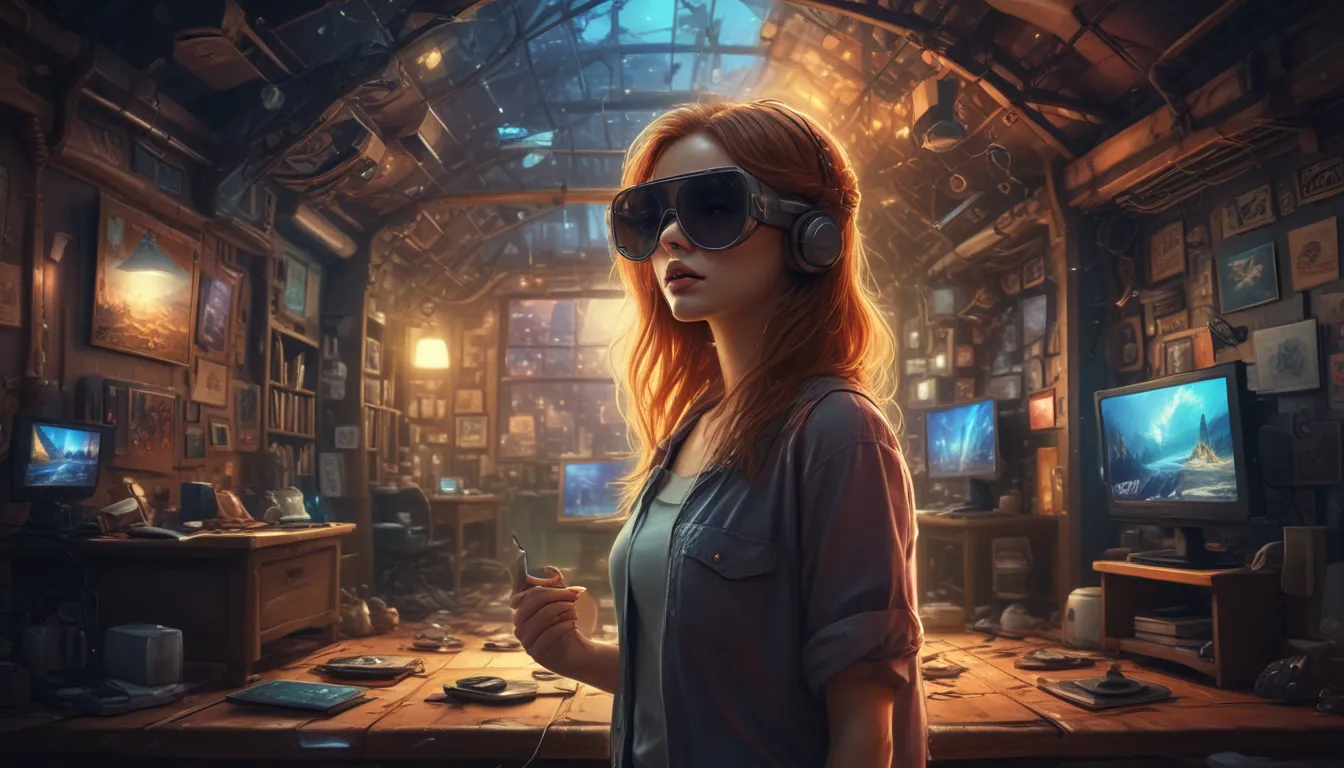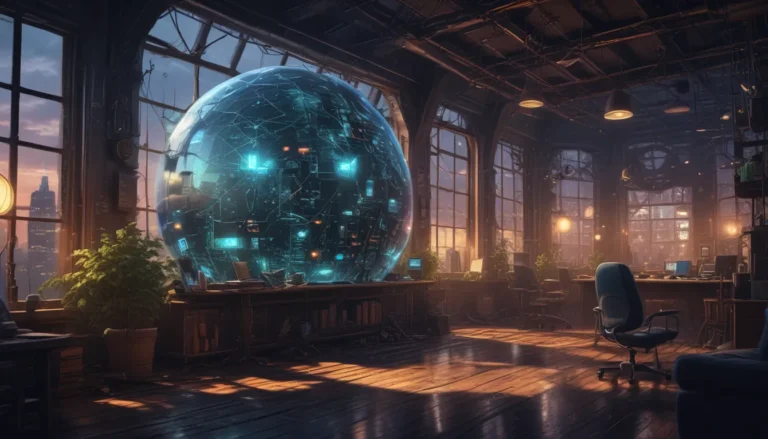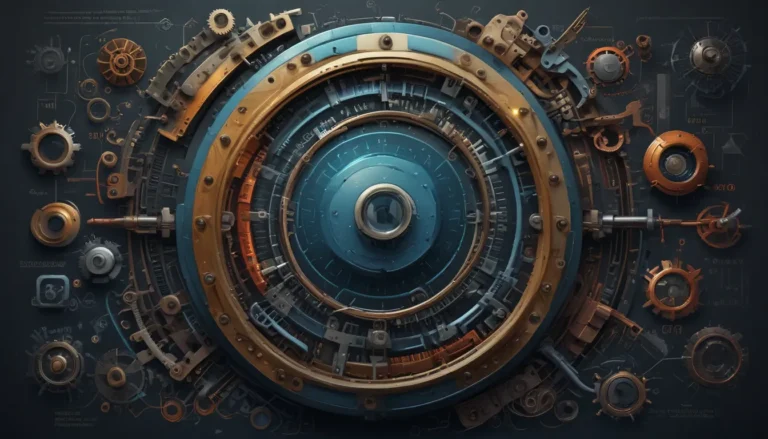A Note About Images: The images used in our articles are for illustration purposes only and may not exactly match the content. They are meant to engage readers, but the text should be relied upon for accurate information.
Welcome to the exciting realm of extended reality (XR), where virtual worlds blend seamlessly with our physical surroundings, creating immersive and interactive experiences like never before. As technology continues to advance, XR is reshaping the way we engage with the digital world, offering endless possibilities for innovation and human experience. In this article, we will explore seven captivating facts about extended reality, shedding light on its impact across various industries and its potential to revolutionize the way we perceive and interact with the world around us. Join us on this journey as we uncover key insights that are shaping the trajectory of XR in the digital landscape.
Key Takeaways:
- Extended Reality (XR) encompasses virtual reality (VR), augmented reality (AR), and mixed reality (MR), allowing users to blend digital and physical worlds for immersive experiences and innovative applications.
- XR is revolutionizing industries like healthcare and education, offering enhanced learning and collaboration opportunities that open doors to new possibilities for innovation and human experience.
1. Understanding Extended Reality (XR)
1.1 Extended Reality (XR) is an umbrella term that encompasses virtual reality (VR), augmented reality (AR), and mixed reality (MR). This technology allows users to immerse themselves in simulated realities, overlay digital information onto their physical surroundings, and interact with virtual objects in real time.
2. Revolutionizing Industries with XR
2.1 XR technologies are transforming various industries, including healthcare, education, and entertainment. In healthcare, XR is being used for medical training, pain management, and therapy. Educational institutions are integrating XR for immersive learning experiences, and the entertainment industry is leveraging XR to create captivating interactive content.
3. Transforming Business Operations with XR
3.1 XR has the potential to revolutionize the way businesses operate and engage with customers. By incorporating AR and VR into their operations, companies can enhance product visualization, streamline design processes, and offer immersive marketing experiences. XR also enables remote collaboration and training, leading to increased efficiency and cost savings.
4. Evolution of XR Technologies
4.1 The concept of XR has evolved rapidly in recent years, leading to the development of innovative hardware and software solutions. From advanced VR headsets to AR-enabled mobile applications, the market is witnessing a surge in XR products that cater to diverse user needs, driving widespread adoption across various sectors.
5. Engaging the Senses with XR Experiences
5.1 XR experiences are designed to engage the user’s senses, creating a deeply immersive and interactive environment. By integrating visual, auditory, and sometimes haptic feedback, XR technologies transport users to virtual realms or enhance their perception of the physical world, fostering a heightened level of engagement and realism.
6. Enhancing Learning Outcomes with XR Training Programs
6.1 The integration of XR in training programs has proven to be highly effective in enhancing learning outcomes. By simulating realistic scenarios and enabling hands-on practice in a safe virtual environment, XR-based training programs improve knowledge retention and skill acquisition, particularly in fields such as aviation, manufacturing, and emergency response.
7. Driving Innovation in Remote Collaboration and Communication with XR
7.1 XR is driving innovation in the field of remote collaboration and communication. Through virtual meeting spaces and interactive 3D models, XR facilitates seamless communication and collaboration among geographically dispersed teams, offering a more immersive and productive way for individuals to connect and work together.
As the world of Extended Reality (XR) continues to advance, it brings forth a new era of immersive experiences and transformative applications across various industries. From revolutionizing healthcare to reshaping the way businesses operate, XR holds the potential to enhance human experiences and drive innovation to unprecedented heights. Embracing XR opens up a world of possibilities, offering immersive, interactive, and transformative experiences that transcend traditional boundaries.
Conclusion
In conclusion, extended reality (XR) is revolutionizing the way we interact with technology, blending the physical and digital worlds seamlessly. With diverse applications across industries, XR is poised to reshape education, healthcare, entertainment, and more. As the technology evolves, it holds the potential to enhance human experiences and drive innovation to new horizons. Embrace the boundless possibilities of XR, and immerse yourself in a world of immersive, interactive, and transformative experiences.
Frequently Asked Questions (FAQs)
-
What are the different types of extended reality (XR)?
Extended reality encompasses virtual reality (VR), augmented reality (AR), and mixed reality (MR), each offering unique immersive experiences blending digital and physical worlds. -
How is extended reality (XR) transforming industries?
XR is revolutionizing industries like healthcare, education, retail, and entertainment by enhancing experiences, enabling immersive learning, and offering captivating interactive content.
Our commitment to delivering trustworthy and engaging content ensures that each fact shared on our site is contributed by real users like you, bringing a wealth of diverse insights and information. Our dedicated editors meticulously review each submission to guarantee the highest standards of accuracy and reliability, ensuring that the facts we share are not only fascinating but also credible. Trust in our commitment to quality and authenticity as you explore the captivating world of extended reality.






